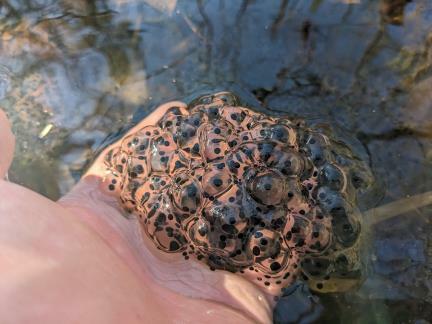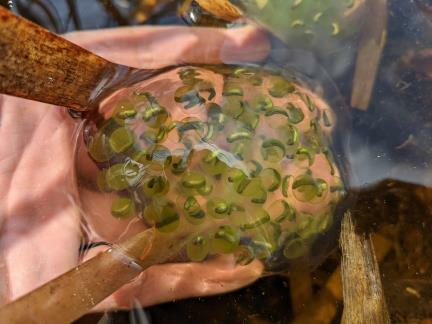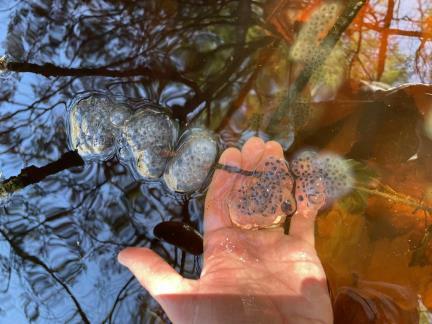When considering the development of a piece of land, whether for personal, commercial, or ecological purposes, understanding the lay of the land is crucial. Among the myriad factors to consider, one that often goes unnoticed but holds significant importance is the presence of vernal pools. These unique natural features can have profound implications on your development plans.
What Are Vernal Pools?
Imagine stumbling upon a shallow pond in the woods during a spring hike, only to return in the summer to find it has disappeared. This temporary body of water is known as a vernal pool. Vernal pools are:
- Natural and Temporary: They fill with water seasonally, usually in spring or fall, and often dry up by summer.
- Inhabited by Specialized Species: Without permanent inlets or outlets, vernal pools lack predatory fish. This creates critical breeding habitats for certain amphibians and invertebrates.
- Crucial Ecological Features: Despite their transient nature, they play a vital role in local biodiversity.
Understanding these characteristics is the first step in recognizing their value and potential impact on land development.



The Significance of Vernal Pools
Why are vernal pools important? Vernal pools might seem inconsequential due to their temporary nature, but they are ecological treasure troves.
The significance of vernal pools is multifaceted: “significant” is associated with vernal pools in various aspects.
- Specialized Habitat: Very much like a nursery critical to certain frogs and salamanders, with added biodiversity for other non-dependent wildlife.
- Indicator Species Presence: The presence of certain species, such as fairy shrimp or an abundance of amphibian egg masses, can designate a pool as significant under environmental regulations.
- Buffer Zones: Significant vernal pools have associated critical terrestrial habitats extending outward from their boundaries.
Recognizing these features underscores their environmental importance and flags them for regulatory attention during land development activities.
Field Identification and Documentation
Identifying a vernal pool is the first step toward assessing its impact on your development project. Timing is crucial, so make observations when vernal pools are active. Certain indicator species are more visible during specific periods in spring. Recording observations using standardized data forms and precise GPS measurements helps establish the presence and significance of a pool. Recognizing potential vernal pools early can guide your planning process, ensuring that any development complies with environmental regulations.
Navigating Permitting Processes
Here in Maine, developing land with vernal pools requires careful navigation through permitting processes:
- Permit by Rule: Specific activities with minimal impacts, conducted according to specific standards, can be permitted with the submittal of limited information.
- Tier 3 Permits: Larger or more complex activities with greater impact can require more detailed permit applications demonstrating minimal harm to the pool’s ecological function.
Understanding these requirements and preparing accordingly can streamline your project’s approval process. In addition to state and federal guidelines, local municipalities like Falmouth and Orono may have rules regarding vernal pools.
The Role of Professionals
Given the complexity surrounding vernal pools—from identification to regulation—it’s invaluable to consult with experts. Firms like Sebago Technics bring multidisciplinary expertise to navigate these challenges effectively. Involving professionals early can avoid costly delays by ensuring your project meets all regulatory requirements. Sebago Technics stands ready to guide you through this complex terrain—ensuring your development goals align with environmental stewardship principles.

